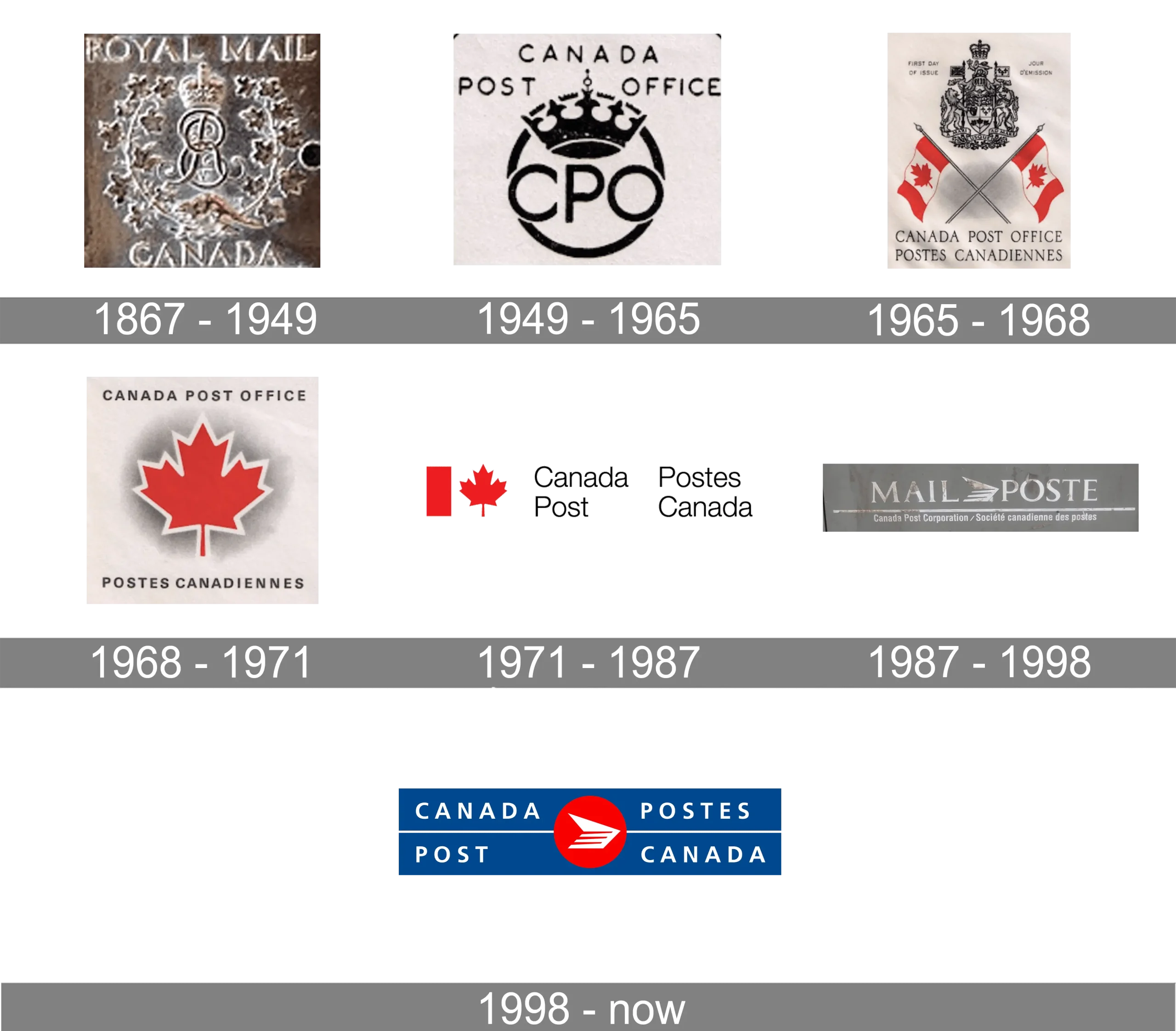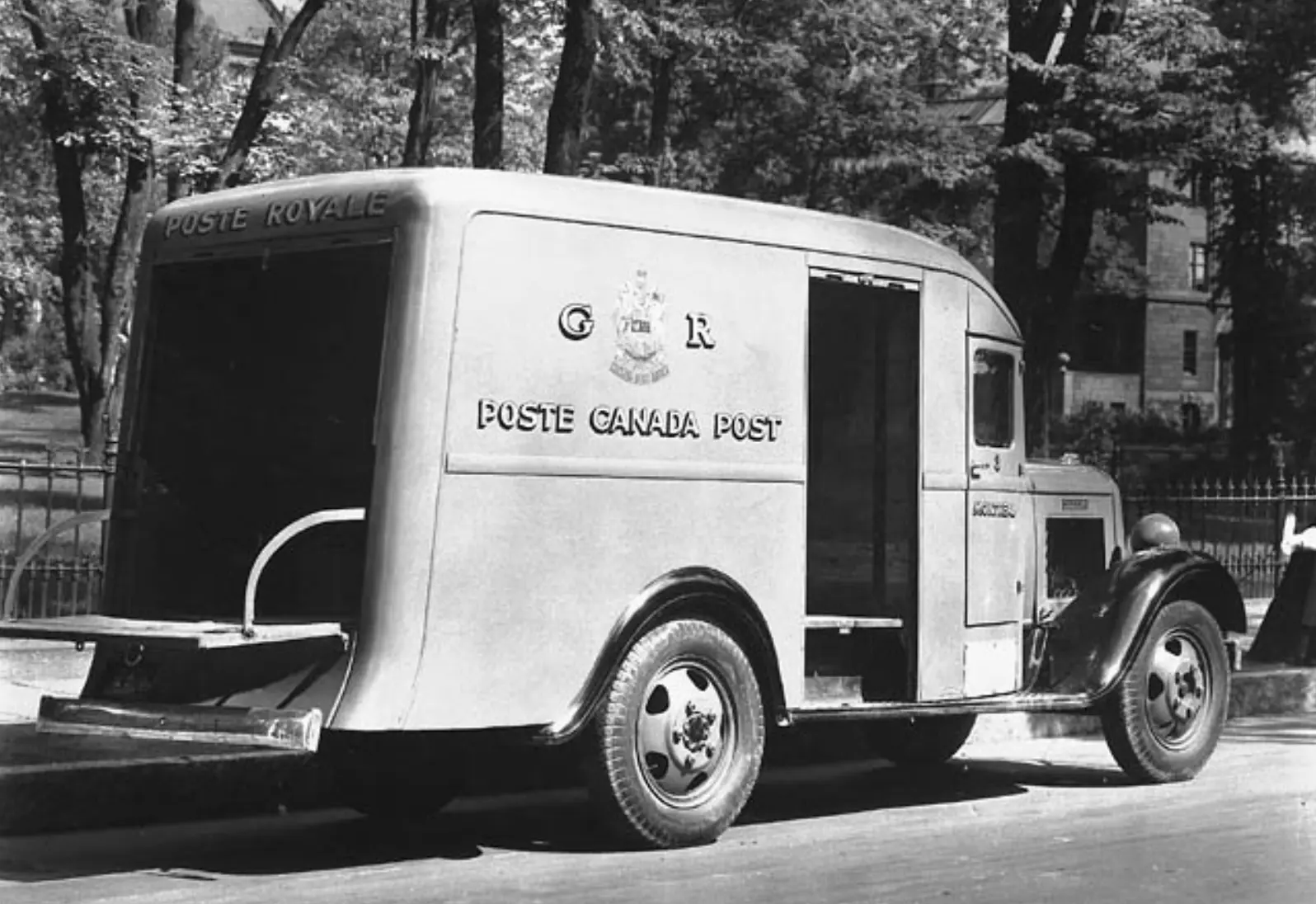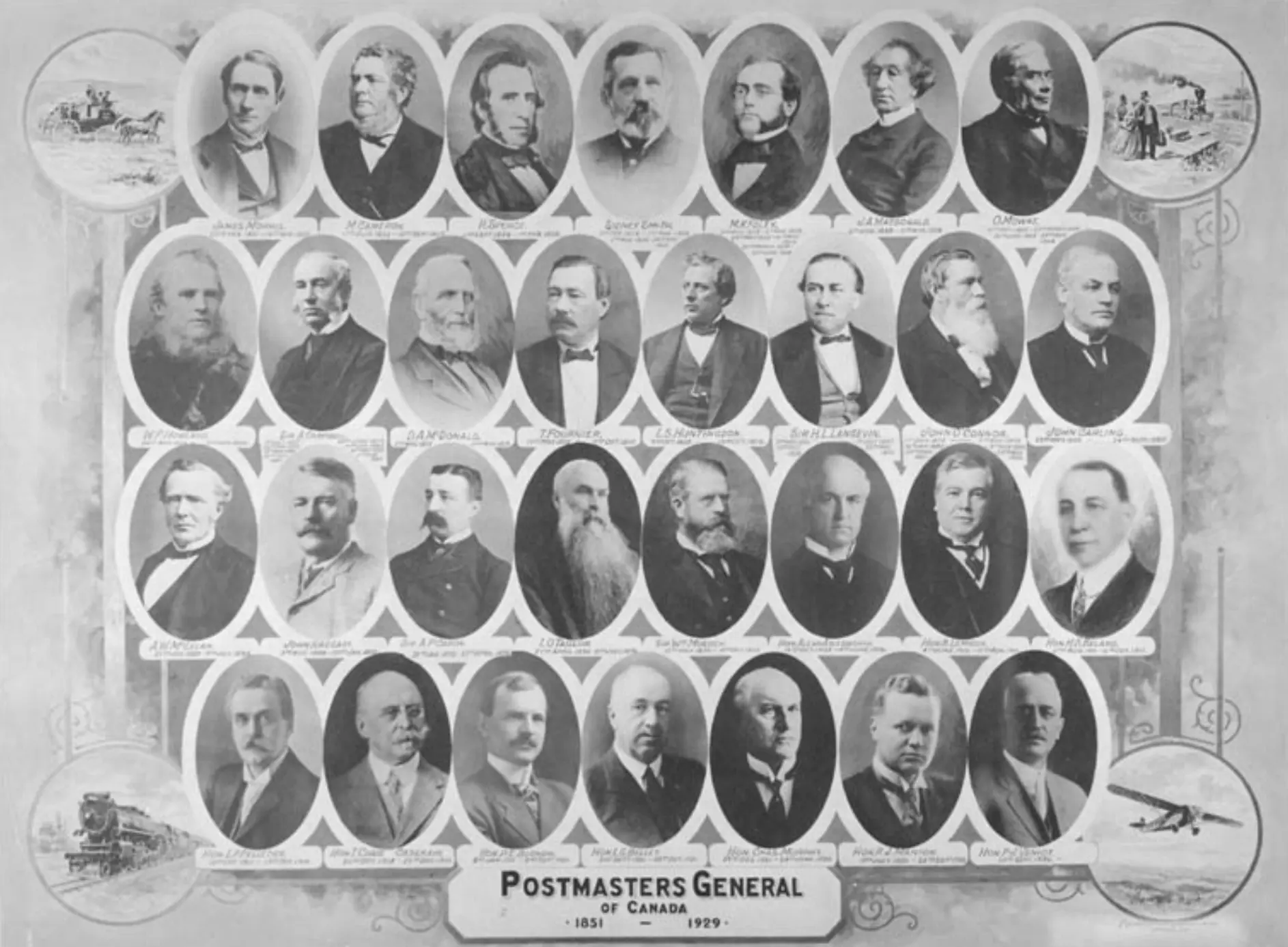
Canadian Post (CPC) is Canada’s leading postal operator. Its history dates back 157 years. Today, the Post delivers messages, information, funds, and goods to addressees and provides other related services. The FortRoddHill team has researched the CPC’s official website and statistics sites like Statista to tell you about the milestones of the company, provide its profitability data, and give the forecast for the following years.
Canada Post Corporation Brief Review
The CPC was established in 1867 and modelled on the British service. Until 1981, it was part of the Post Office Department, and on 16 October 1981, it received Crown corporation status and a new name. The first president of the CPC was Michael Warren, and now it is headed by Doug Ettinger. At the end of 2023, the number of employees was over 63,300+.
| Industry | Founded | Founder | Country | Headquarters | Chief Executive Officer (CEO) | Employees |
| Postal service courier | July 1, 1867 | Canadian government | Canada | 2701 Riverside Drive,Ottawa, OntarioK1A 0B1 | Doug Ettinger | 63,300+ |
Canadian Post Corporation History
Would you like to know the whole story behind the development of the Canadian Post? The FortRoddHill experts have thoroughly researched the subject and compiled all the information in this article.

1867-1960s (Establishment and Service Expansion)
The history of centralized mail in Canada dates back to 1867. There was no pressing need for a post office until then, but as time passed, more and more people in remote lands wanted to receive mail. As a result, on October 16, 1867, the Dominion of Canada founded the Post Office Department. Its first Postmaster General was Alexander Campbell, who held the position until 1873.
In the early 20th century, the CPC expanded its list of services to meet the demand of Canadian citizens to send letters. This progress was particularly notable for rural people who were previously virtually isolated from the outside world. That all changed on October 10, 1908. At that time, the government decided to provide mail free of charge in rural areas. The CPC put all deliveries on railways, allowing letters to be delivered quickly to even the most isolated corners of the country.
1918 was a turning point in the history of Canada Post. It was the first time it could deliver the letter by air. In 1920, another change took place. It was the era of motorization, so letters began to be delivered by motor vehicles. Thus, people in towns and villages received them much faster.
Despite the economic hardships of the Great Depression, the company continued its services. The government provided money to deliver mail to remote and rural communities. The Post was critical in keeping soldiers and their families connected during World War II. After the war, the Post began to implement sorting machines, which enabled it to handle the increased volume of letters efficiently.
1970s-1980s (Crisis and Reform)
By the early 1970s, the Post Office Department was increasingly criticized for inefficiency, financial losses, and declining service. The postmasters were also dissatisfied with their working conditions and started to strike. The main timeline of all these problems occurred between 1971 and 1974. As a result, postal services across the country were virtually paralyzed. The public discontent increased as well, as delays in the delivery of letters and parcels had a negative impact not only on individual citizens but also on businesses.
The government could not ignore the growing problems, so in 1975, it initiated studies and consultations to reform the Post into a Crown corporation. This solution would allow it to be less dependent on government bureaucracy and to do its work more efficiently. An independent commission examined all aspects of the organization’s work and came to an unequivocal conclusion that it should be reformed.
On October 16, 1981, Canada Post Corporation was born. A CEO now headed it who reported to the board of directors. In this way, it was possible to overcome bureaucracy. The changes also affected operational processes. The CPC could now make business decisions, including setting rates and managing labour relations.
1980s-2000s (Stable Operations)
The 1980s-1990s were the heyday of Canadian Post:
- In 1982, a six-digit alphanumeric postal code system was introduced. This decision automated letter sorting, reducing delivery delays.
- In the mid-1980s, management invested heavily in mechanized sorting facilities. As a result, there was less reliance on manual sorting of letters.
- In the early 1990s, the CPC introduced customer satisfaction programs, which improved its service level.
Despite management’s best efforts, this period can hardly be considered ideal. Strikes began in the 1990s when postmasters demanded better working conditions and higher wages. The government intervened in time, changing labour legislation, and the problem was solved for a while.
The 2000s is considered an era of new technology creation and application in various industries. The postal sector was also affected: the number of letters sent decreased as people started using email in droves. As a consequence, the CPC revenues fell. The management quickly found a way out of the situation. In the early 2000s, CEO Moya Greene shifted the focus to parcel delivery, which allowed the corporation to recover swiftly from the financial crisis that had not yet begun. In 2003, the CPC acquired a majority stake in Purolator Courier, a leading courier company, which helped it strengthen its position in the competitive parcel delivery market.
The worker strikes continued in 2008. Workers faced wage freezes and rising workload demands, so they refused to fulfill their responsibilities. However, employees returned to work thanks to management’s quick response to the problem.
2010s-Present (Financial and Labor Crisis)
New strikes have begun in this period of Canadian postal history. The problem arose in 2010 when postmasters were required to do couriers’ work as part of a modernization program called Postal Transformation. As a result, the workload increased, and customers began complaining about mail not being delivered on time. These actions led CUPW (Canadian Union of Postal Workers) to the streets.
Moreover, in 2014, the CPC attempted to eliminate door-to-door delivery services in urban centres in favour of public mailboxes. This decision affected approximately 32% of Canadian addresses and resulted in more than 8,000 job cuts. Of course, this decision could not have caused joy on the part of the workers. As the situation escalated, CUPW organized new strikes in 2018 to demand adequate working conditions and fair employee wages. In 2019, the corporation suffered significant fiscal losses due to security costs during the COVID-19 pandemic. Since then, it has consistently shown negative revenue in its financial statements.
In 2024, a 32-day strike stopped parcel delivery. Despite technological innovations, the CPC is in a difficult situation now. It maintains its operations only through its revenues, which decrease annually.

Management and Organization Changes
The CPC has had to go through several major milestones leading to operational and managerial changes:
- The first milestone was a change in the organizational form in 1975. The Post Office Department became a Crown corporation. The reorganization brought with it increased freedoms and reduced the impact of bureaucracy on operations.
- In the 1990s and 2000s, management focused on introducing new technologies. As traditional letter delivery declined, emphasis was placed on digitalization and parcel delivery, which was gaining popularity. In 2003, the CPC acquired a majority stake in Purolator, which improved its position.
- Current CPC CEO Doug Ettinger has focused on improving parcel delivery services to compete with private logistics providers and addressing labour issues.
Profitability
The FortRoddHill team analyzed the profitability of the Canadian Post from its foundation to the present day. Revenue steadily increased in the 1900s but began declining in the 2000s. From 2014 to 2017, the corporation showed income, but financial problems started again in 2018. As of 2024, the CPC is still not out of the financial crisis. Moreover, the situation is getting worse every year.
| Year | Net Income |
| 2000 | + $124 million |
| 2001 | + $136 million |
| 2002 | + $101 million |
| 2003 | + $130 million |
| 2004 | + $147 million |
| 2005 | + $199 million |
| 2006 | + $119 million |
| 2007 | + $54 million |
| 2008 | + $90 million |
| 2009 | + $54 million |
| 2010 | + $133 million |
| 2011 | + $253 million |
| 2012 | + $94 million |
| 2013 | – $29 million |
| 2014 | + $194 million |
| 2015 | + $100 million |
| 2016 | + $100 million |
| 2017 | + $100 million |
| 2018 | – $270 million |
| 2019 | – $153 million |
| 2020 | – $779 million |
| 2021 | – $490 million |
| 2022 | – $548 million |
| 2023 | – $748 million |
| 2024 (3 quarters) | – $790 million |
Canada Post Strike History

The history of Canada Post strikes goes back more than 50 years. They have objective reasons, which we will talk about further on.
Historical Background
Since the 1970s, the Post has experienced several strikes, mainly caused by wages, working conditions, and job security issues. The first major strike led to the reorganization of the Post Office Department into the Crown corporation we know today. The other significant strikes occurred in 1990, 2018, 2011, 2018, and 2024.
When the Strikes Began
The first organized strike in Canada Post’s history occurred in 1971. The government changed the Department’s organizational form, giving it more freedom to make decisions, which improved things for 50 years.
How Do the Strikes Go?
Workers go on strike every time over labour issues. The main reasons include the demands for higher wages, job security, and pension benefits. The strikes lead to complete paralysis of the CPC operations, affecting thousands of Canadians nationwide. For this reason, the government is intervening in the situation. Today, the causes of discontent have not gone away, which means that the strikes that started in 2024 will continue in 2025.
Summary
The FortRoddHill experts have thoroughly researched the history of the Canadian Post. Established in 1867, it has experienced many ups and downs. Today, the CPC is in serious financial trouble. Labour conflicts play a significant role in this: during strikes, which happen pretty often, the Post stops operating, which means it doesn’t make money. We can also understand the employees: they want fair wages and labour guarantees.
Unless drastic changes are made, Canada Post risks becoming insolvent by the end of next year. Success depends on strategic investments, operational reforms, and stakeholder collaboration to modernize the organization. Otherwise, the corporation could go out of business in 2026.
